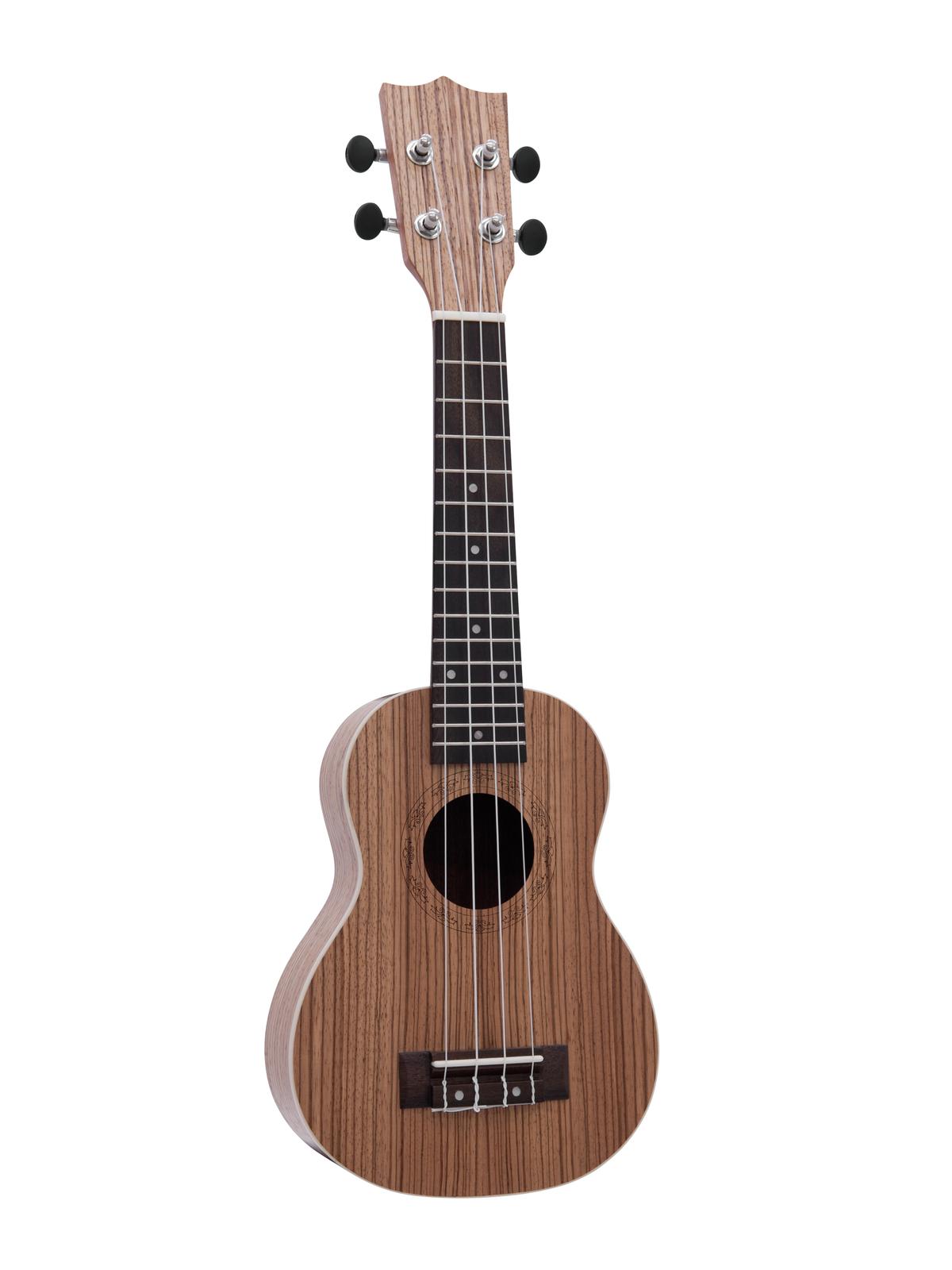Ukulele Chords - Understand Licks In C-Major
Ukulele Chords - Understand Licks In C-Major
Blog Article

I'm sure you can all remember the shrill or the beautiful notes from the recorder and the screeches of waxed horsetail on those violin strings, lest we never forget. Were those the only instruments that we could learn in school? I remember my times in the recorder orchestra being accompanied by a couple of Violins - I was so proud at the time - I only recently discovered how "interesting" it sounded when I was dragged by my sister to my nephews first concert. I'm so glad I took the ear plugs.
Once you've decided you enjoy the ukulele, get a nice one. Almost everyone starts of playing on a very cheap ukulele. These ukes are fine for deciding if playing the ukulele is for you. But once you're into it, get yourself a decent quality Ukulele for sale in uk. It'll be easier to play, sound better (so you'll be more pleased with the way you sound), and will give you more impetus to practice.
The first benefit of learning ukulele is its size. Many small children struggle with larger instruments such as guitar. While guitars can be purchased in sizes as small as a quarter of the size of a regular-sized guitar, they are often still too big for kids who are 5-10 years old. Ukulele, on the other hand, is small enough to be handled easily by someone in this age range. The body of the instrument is small and easy to hold. The neck is also thin with narrow frets, which makes it easy to play basic chords.
As you can see this chord is the same chord as a D major on a guitar. A little bit confusing if you also play guitar but I guess you will get used to it.
The names of the chords we will play are dependent upon the tuning of the uke. In this Ukulele lesson we will use the common tuning in C. This means that the first string of the ukukule is tuned to A. The first string of your uke is the bottom string when you play.
I suggest that you try to learn the note names as you play as a preparation for the song you will soon learn to play. A tips is also to use your left hand index finger to play the notes on the first fret, your middle finger Ukulele for sale the second fret and so on.
M: Muddy Movements: It's easy to just walk across a room. How would you move if the ground was covered with thick, wet mud? Ukulele for sale What if you had to walk through Jell-O? Try moving through a room of pretend peanut butter. Now move as if you had glowing lava under your feet!
The best way to pick up on these chord variations is to listen to the melody. It's often easier to work out single notes than it is full chords. If you can figure out how to play the melody, all the better. Melody notes are often picked up on in the chords. So if you can find these notes, they will help you find those subtle chord variations.